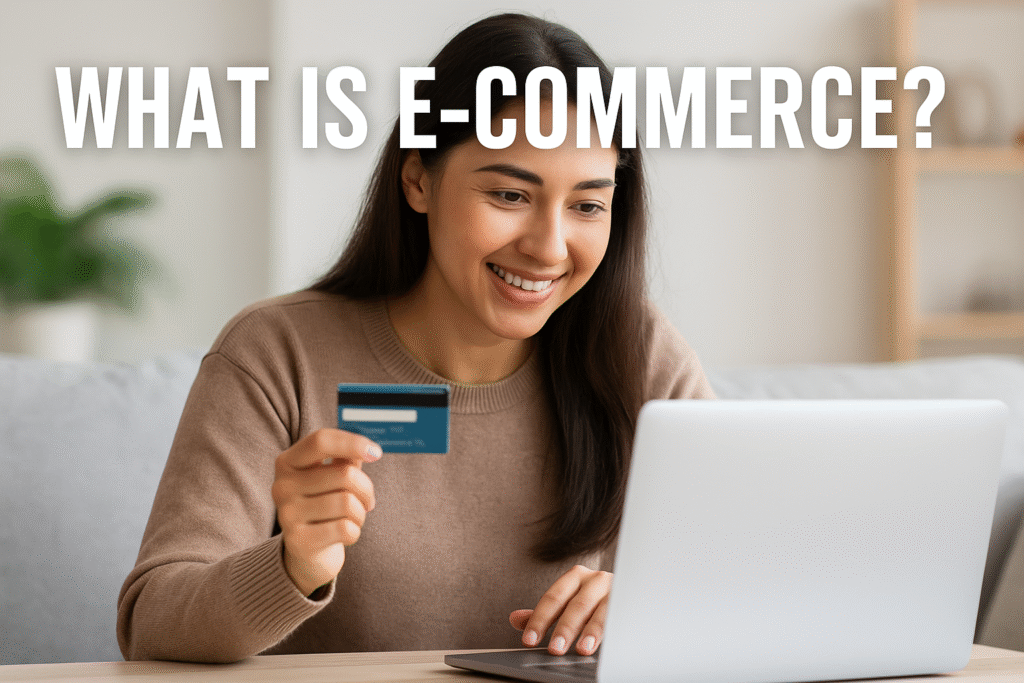What is E-Commerce?
E-commerce (short for “electronic commerce”) refers to the purchase and sale of products or services through the internet. Rather than visit a brick-and-mortar store, consumers can see products, check reviews, compare prices, and finalize their orders online — from the comfort of their laptop or phone.
Real-life Examples:
• Purchasing clothing from Zara’s website
• Placing gadgets orders from Amazon
• Selling homemade jewelry through Shopify or Etsy
• Operating a TikTok shop that features popular products
Why E-Commerce Is Important in 2025
E-commerce has developed into an international economy in itself. Here’s why increasing numbers of people are opening online businesses than ever before:
• Low start-up costs versus brick-and-mortar stores
• Worldwide reach — sell to anybody, anywhere
• 24/7 operation — your store never closes
• Flexible schedule — work from home, your own schedule
• High scalability — expand from 1 product to 1000
• Access to up-to-date tools — from AI-powered product research to auto-fulfillment
E-Commerce Business Model Types
Before you begin, you must know which business model is right for you:
• B2C (Business-to-Consumer): Sell directly to end consumers — like a fashion store on Shopify.
• B2B (Business-to-Business): Sell products or services to businesses — like wholesale office supplies.
• C2C (Consumer-to-Consumer): Platforms such as eBay where individuals sell to one another.
• D2C (Direct-to-Consumer): Brand produces and retails for themselves — usually directly from their own website.
• Dropshipping: You sell, a third party ships — you carry no inventory.
🚀 Step-by-Step Guide to Start E-Commerce in 2025
Let’s break down the exact steps to go from idea to live store.
🔍 Step 1: Find Your Niche
A niche is your market focus — a specific category that solves a problem or serves a passion.
Ask yourself:
- What are people currently buying online?
- What problems can I solve?
- Can I make this product better or more unique?
Popular Niches in 2025:
- Sustainable lifestyle products
- Pet supplies
- Fitness & health gadgets
- Personalized gifts
- Home office solutions
Tip: Use tools like Google Trends, Minea, or TikTok Creative Center to see what’s trending.
📦 Step 2: Product Research & Hunting
Now that you’ve chosen a niche, the next step is product hunting — identifying high-demand, low-competition products that people want to buy.
🔧 Tools for Product Research:
- Minea – TikTok & Facebook ad spying tool
- Dropship.io – Track best-selling Shopify stores
- AliExpress & Amazon Movers – Top-selling trending products
- TikTok Search Bar – Type “TikTok made me buy it”
You don’t need 100 products — start with 1 to 3 strong products that solve a real need.
🛠️ Step 3: Choose the Right Platform
Not every e-commerce business looks the same. Choose a platform based on your goals:
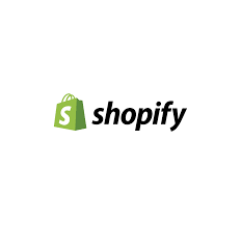
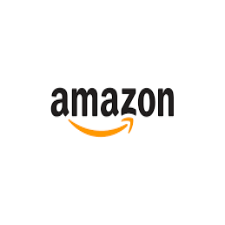
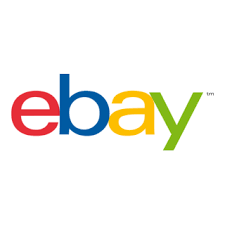
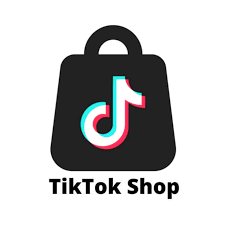

🏷️ Step 4: Set Up Your Store
Once you’ve picked a platform, it’s time to build your store.
🧱 Key Pages You’ll Need:
- Home Page (with value proposition)
- Product Pages (images, descriptions, reviews)
- About Us (build trust)
- Contact Page
- FAQ & Return Policy
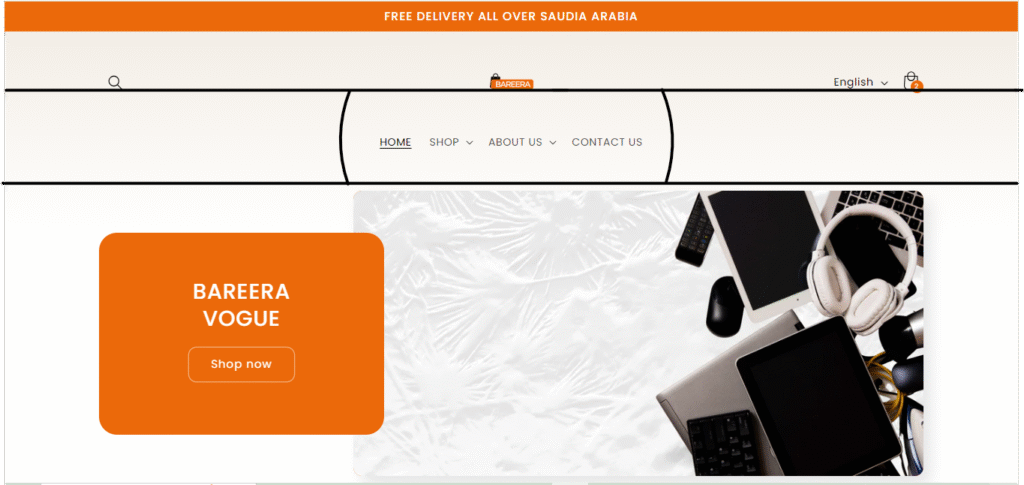
🛍️ Step 5: Product Listings & Branding
Each product listing should answer this question for the buyer: “Why should I buy this from YOU?”
Include:
- High-quality photos or mockups
- Benefits-based descriptions
- Features, sizing, usage
- Trust signals (reviews, secure payment, return policy)
Also, work on branding — logo, colors, tone of voice — to make your store memorable.
💳 Step 6: Setup Payment & Fulfillment
You want a frictionless checkout experience.
✅ Choose Payment Gateways:
- PayPal
- Stripe
- Cash on Delivery (if applicable in your region)
- Apple Pay, Google Pay
📦 Fulfillment Options:
- In-house (store and ship yourself)
- Dropshipping
- 3PL (Third-Party Logistics) like ShipBob or Fulfillment by Amazon (FBA)
📣 Step 7: Launch Your Store with Ads
Your store is live — now it’s time to bring traffic.
💥 Platforms to Use:
- Meta Ads (Facebook & Instagram) – Great for targeting based on behavior
- TikTok Ads – Visual, fast-paced, works well with trending products
- Google Shopping – Intent-based buyers
- Influencer Marketing – Send products to creators for organic reach
Start small, test 2–3 creatives, and double down on what performs.
📊 Step 8: Track, Optimize & Scale
Once your ads are running and sales start coming in, your next job is optimization.
What to track:
- Conversion rate
- Add-to-cart ratio
- Bounce rate
- ROAS (Return on Ad Spend)
- Best-performing audiences
Use tools like Google Analytics, Shopify Analytics, or Meta Ads Manager to refine campaigns.
Final Thoughts
E-commerce in 2025 is filled with potential — not just for big brands, but for individuals like you. Whether you’re looking for a side hustle, a full-time business, or a creative outlet, the tools, platforms, and knowledge are now more accessible than ever.
You don’t need a tech degree or massive investment — you just need the right mindset, a valuable product, and a willingness to learn.
📣 Need Help Starting Your E-Commerce Store?
At Influnza, we don’t just guide you — we do the work for you.
✅ FREE Store Design
✅ FREE Product Hunting
✅ FREE Product Listing
✅ No Upfront Cost – Zero Risk!
✅ 100% Sales Guarantee
We work on a performance-based (%-share) model — meaning you only pay when you earn. You bring the marketing budget, and we’ll bring the results. It’s a “Come First, Earn First” opportunity exclusively for action-takers ready to launch or grow their e-commerce business.
Let’s build your online success story — together.

